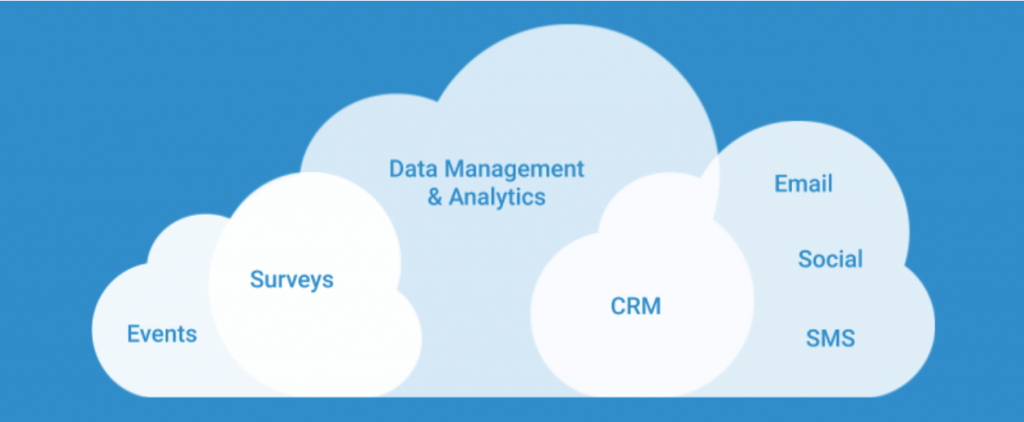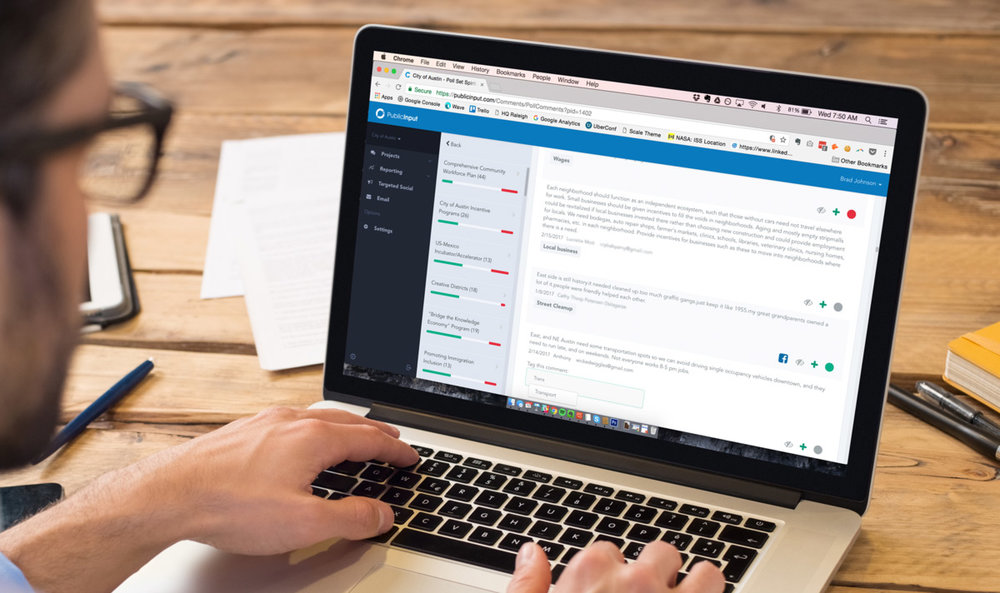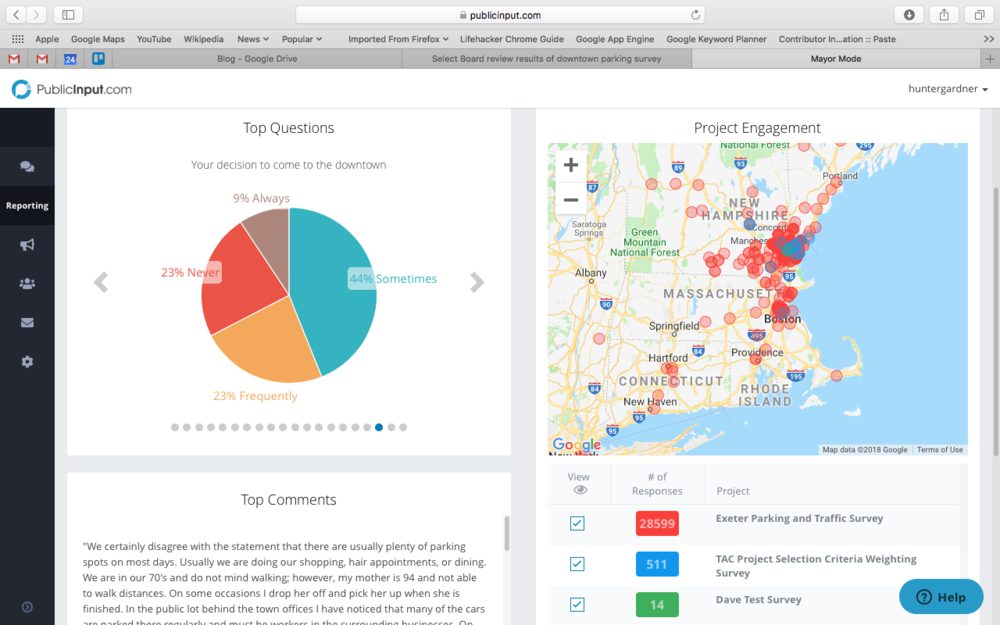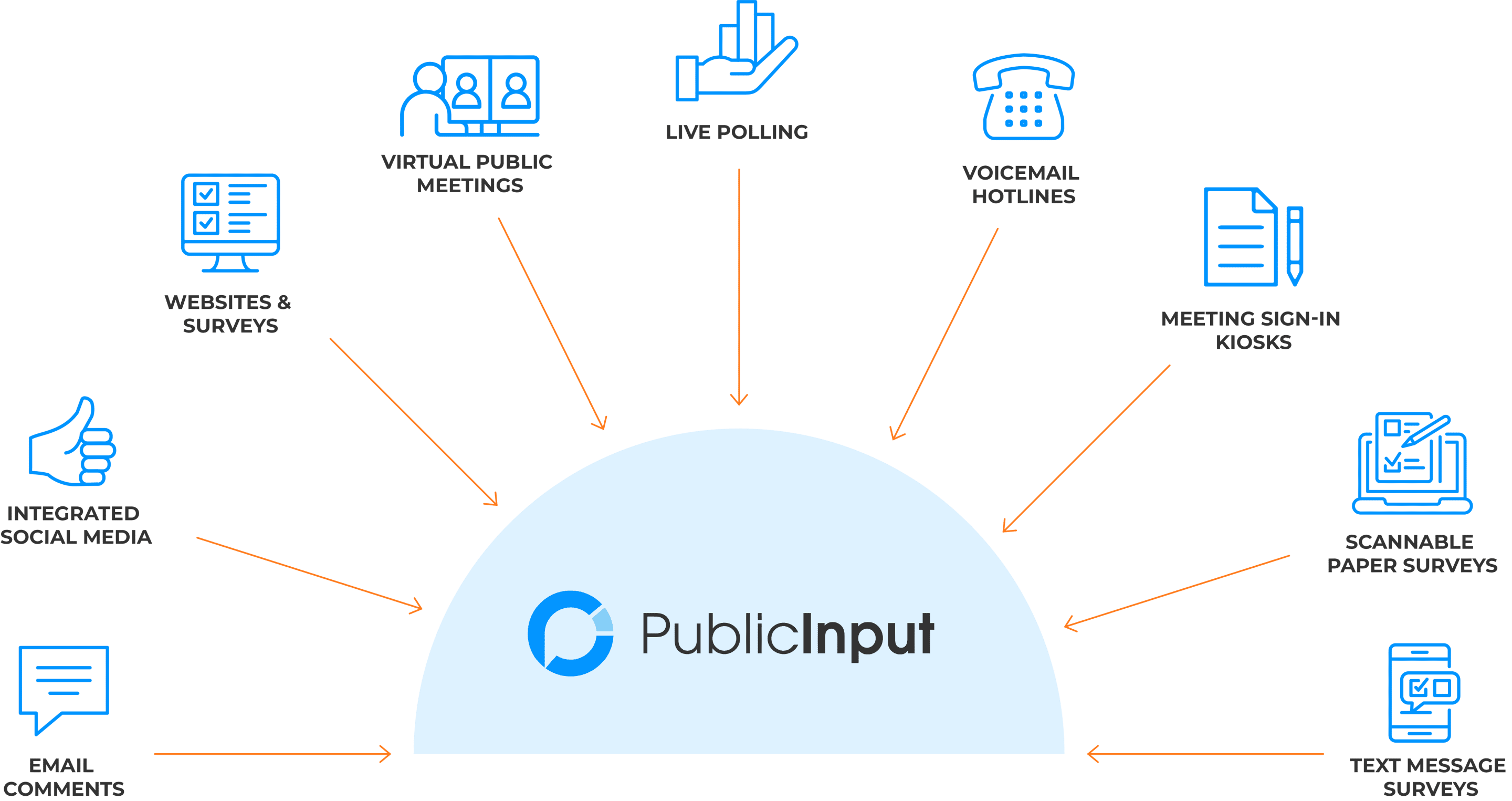Trusting a consulting professional with the community engagement process, whether for a single project or over the long run, helps keep public involvement a priority while alleviating constraints on time and effort.
When hiring a consultant for the task at hand, it is important to consider two key factors:
-
The goals of public participation in your project
-
The working relationship between your organization and a consultant
While government organizations often utilize consultants for the public involvement process, the tenets of successful public participation remain the same. These goals include:
- Reaching potentially impacted areas and underrepresented groups
- Equitable engagement for all residents, however they choose to participate
- Creating better relationships with residents through two-way communication
- Capturing meaningful feedback and making data-driven decisions
- The ability to clearly and easily report findings to internal and external stakeholders
However, common problems that arise when trying to accomplish these goals:
- Unable to actively track project progress by both parties
- Communication breakdowns and confusion
- A lack of open access to data, or the ability to share data
- A stop gap in resident relationship building from using different tools on each project
Today’s most forward-thinking consultants are turning away from disjointed approaches that silo off the steps of the dynamic public participation process.
Instead, these public involvement professionals are implementing communications and engagement strategies that integrate each step along the way.
See an example case study on AECOM’s work on the San Diego Parks Master Plan

Real-time collaboration and transparency
The right community engagement software should guarantee a seamless, transparent experience that builds understanding and trust between government organizations and their consultants. This means giving government staff a window into the progress of projects and removing communication hurdles between staff, stakeholder committees, and consultants.
To do this, government organizations should be allowed to grant access permissions to a consultant for a single project or an entire dashboard of projects.
From there, consultants should easily be able to execute their strategy by:
- Setting up a project webpage that can educate residents, ask dynamic questions, and collect email/phone numbers
- Conducting targeted social media outreach
- Integrating all public input, no matter the method it was collected
- Segmenting residents based on location, interest, or demographic information
- Analyzing public sentiment and common themes based on aggregated comments
- Continually closing the feedback loop with residents through email, social media, text, or the website
When response data and participant information are instantly stored and organized, government organizations can collaborate on and adjust strategy with consultants in real-time. Having open access to the progress of a project can alleviate the need for constant updates and creates a united front when posing questions such as, “Have we gathered enough input?” and “Does that input accurately represent our community?”
Coordinated approach to resident communications
At the core of closing the feedback loop is the ability to streamline two-way communication. When residents provide feedback through survey questions, social media comments, or email, an integrated engagement dashboard creates a coordinated approach to resident communications.



With the right community engagement software, consultants can offer unique email addresses as primary collectors for any number of projects. This eliminates confusion and disjointed email communications caused by messages going to multiple staff members, the need to create email filters, or automated email forwarding. Likewise, you shouldn’t have to create a permanent email account using an organization’s email address or other email client like Google, which will be rendered useless at the end of a project.
By keeping communication all in one place and aggregated in one email address, no participation will fall through the cracks and anyone with admin permission—government staff or the consulting team—can respond on behalf of the project.
This same transparency and workflow is possible when comments are integrated into the same dashboard as all other public engagement efforts. With just a couple clicks anyone with access to a project should be able to view and manage all comments, however they were collected. This includes the ability to respond to comments, moderate comments (including in real-time at public meetings), and conduct comment analysis.
Continuity of data over time
Government organizations benefit over the long run when they choose to work with consultants who use integrated public engagement software.

This integrated approach automatically creates and builds your public participation database, project-over-project.
This serves as a foundation to grow your audience of residents through every project, while also re-engaging those who have already provided their contact information. The ideal public participation database goes far beyond that of a spreadsheet to understand residents at an individual level and by segments. This is not just with contact information, but also their previous engagement and participation history.
When a public participation database is tied to communication channels like email, text, and social media, consultants can target new and existing audiences through those channels based on key identifiers such as demographic, location, participation history, and topics of interest.
With a growing pool of participants and input data, consultants and government organizations can work together to better understand the community narrative, analyze trends over time, and make data-driven decisions that improve the day-to-day quality of life for all residents.
To receive a tailored list of consulting firms with experience on the platform in your region or project focus area, enter your email here:



